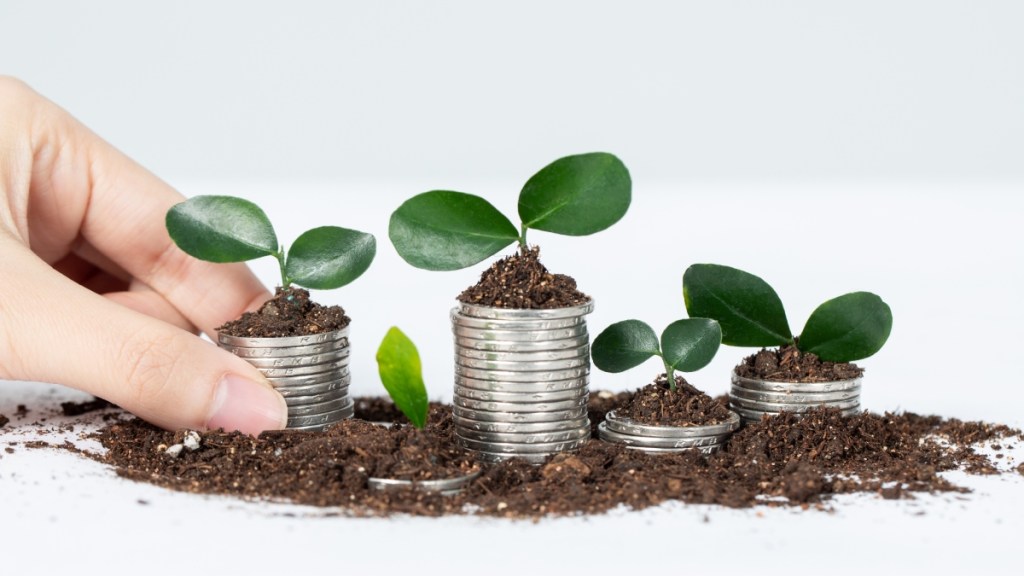Debt sustainability, as measured by the debt sustainability, was positive in 2022-23, which is a positive indicator towards stability, Comptroller and Auditor General of India said in a report on Monday.
Debt-GDP ratio
The debt sustainability analysis revealed that the Debt-GDP ratio increased from 49.34% in 2018-19 to a peak of 61.38% in 2020-21, according to the report tabled in Lok Sabha.
However, the ratio descended to 57.93% in 2022-23 from 58.76% of GDP in FY 2021-22. Public debt repayment to public debt receipts was 89.75% in 2018-19 but improved in 2022-23, and the debt repaid was 81.22% of the debt acquired during the year, freeing up borrowings for productive expenditure, it said.
Interest burden
The interest payments to revenue receipts ratio is an important indicator of the government’s fiscal health. It is a measure of how much of the government’s revenue is used to pay interest on its debt.
The ratio reached its peak at 38.66% in 2020-21, declined to 33.99% in 2021-22 and increased to 35.35% in 2022-23.
The FRBM framework, applicable at present, mandates that the Central government limit the fiscal deficit up to 3% of GDP by March 31, 2021 and endeavours to limit the General Government Debt to 60% of GDP and the Central Government Debt to 40% by the end of 2024-2025.
The Government, through the Budget Speech for 2021-22 has committed to pursue a broad path of fiscal consolidation to attain a level of Fiscal Deficit lower than 4.5% of GDP by 2025-26.
Debt sustainability refers to a country’s (or government’s) ability to manage its debt over time without external help or falling into default (failing to repay). It means the government can meet its current and future debt obligations while still being able to finance essential spending like healthcare, education, and infrastructure.


